Prince of Persia: The Lost Crown Review
Jump in time
Ubisoft are trying to turn back the clock. Last year they took their Assassin’s Creed franchise back to basics with Mirage, offering a respectable imitation of the older stealthier games. Now, they’ve switched their attention to Prince of Persia, a series that has been on hiatus for a while. The Lost Crown is a 2.5D platformer that smartly bridges the gap between the original from 1989 and a modern metroidvania, like Ori and the Will of the Wisps. While it has a simpler perspective compared to The Forgotten Sands, the change in direction is a smart one. The Lost Crown is a good return for the series, offering fun combat, decent platforming mechanics and entertaining boss battles, marred by some clumsy world structure and a few other mishaps.
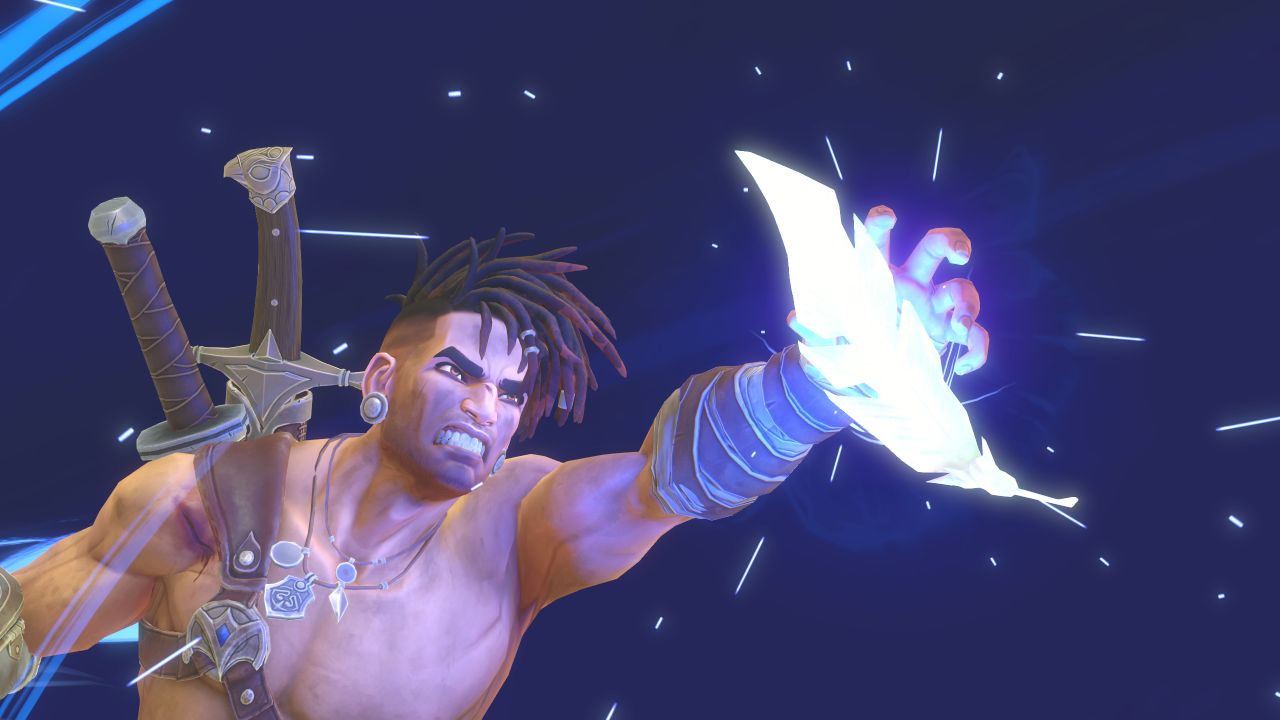
Players become Sargon, a talented dual-blade fighter and youngest of the Immortals, the seven best warriors of Persia. One fateful day, the Prince of Persia is kidnapped and the Immortals set off to Mount Qaf to rescue him. Mount Qaf is home to the guardian of time and destiny, but something has gone wrong. The region is fractured, with time flowing unevenly. Soldiers that just arrived have aged decades and Sargon stumbles upon other versions of himself, both alive and dead. The skewed timeline means Sargon faces off against some of his fellow Immortals, and will gain various time powers that help him find the Prince. When he talks to his doppelgangers, and his brothers-in-arms, doubts are raised about the use of temporal powers and who deserves the throne. Unfortunately the time-travel business results in unexplained motives and plot holes. At the end, Sargon regrets killing one character that never reappeared after the intro, and a few others needed far more to say, including Sargon’s mentor. Although the time-bending story gets into a bit of a mess, it provides enough focus.
Structured like a typical metroidvania, Mount Qaf is made up of different regions with multiple twisting interconnected pathways that might require a specific time power to open. Enemies respawn, although combat can usually be avoided by running to the next area. Killing foes drops time crystals, the basic currency used to upgrade gear and increase health potion reserves. Shortcuts can be opened, although often from one direction. Special trees save progress and restore health, and these are sometimes paired with fast-travel shrines. One excellent feature of the world is the ability to make a memory shard, which takes a screenshot and automatically pins it to the map, which is incredibly helpful to relocate locked routes when new abilities are acquired.
There is a decent amount of backtracking, although not all is enjoyable. The circuitous world layout is occasionally annoying, like when Sargon is thrown into the Depths without a map; navigating through maze-like sewers, while chasing an old man, is a clunky pit stop. Later, a special jailer enemy will throw Sargon in prison (a cool throwback to the original), if players fail to dodge his grapple attack. But this means they’ll have to retrace their steps and might get caught again. There are around ten side quests to undertake across Mount Qaf, although many involve the clumsy search for hidden chambers far and wide, without much directional help. Maps of zones can be purchased from a mysterious young girl who hides in random corners, but she was sometimes found in the last undiscovered place, rendering them worthless. Even when using the guided mode, which highlights objectives on the map, it is possible to end up on the wrong side of a shortcut or at a dead-end containing treasure.
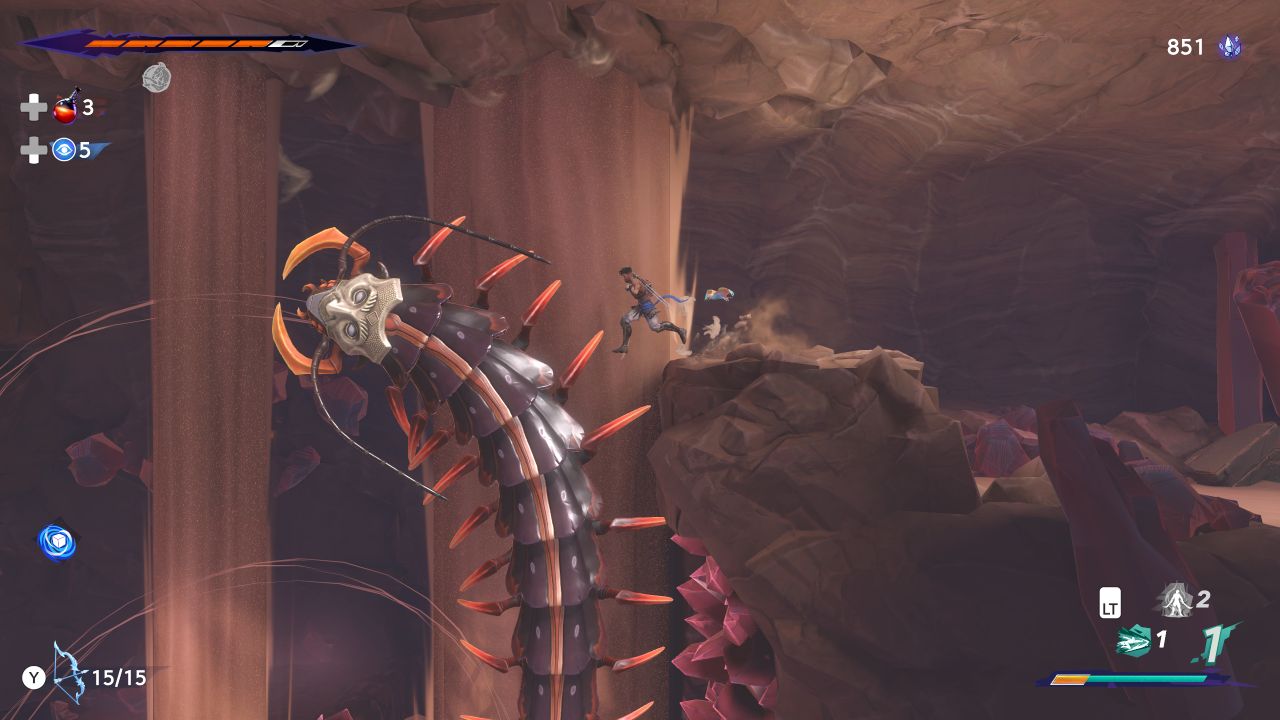
Some parts of the world have tricky platforming channels. These tough sections are like Super Meat Boy, with narrow gaps, short time constraints, and instant fail if you touch the sides. Hitting a spinning blade will reset Sargon to the last stationary ledge and take a small chunk of health. With a few health potions and extra health segments from upgrades, you do get a decent number of retries, however this is reduced if you suffered damage in prior combat encounters. One of the hardest platforming areas featured centipedes encircling red crystals, with vertical funnels of sand to swim up and down. While it was satisfying to complete, here, and in a few other spots, the platforming drags too long. Finishing a lengthy platforming challenge does not always provide a worthwhile shortcut either. And since these parts might be the quickest way to get from A to B when re-exploring, you might get halfway through and decide it is quicker to die permanently and go a longer way instead. The world needed more fast-travel shrines, extra shortcuts, or a cleaner world structure, because there is too much busywork when retracing steps, contributing heavily to the game’s 20-hour length.
Despite tricky challenges, the platforming mechanics are slick. Sargon can slide down walls, drift while in the air, jump wall-to-wall, duck under spinning blades, and swing up poles, which all works great on a controller. The six time powers are mostly advanced moves disguised as temporal abilities, including a mid-air dash, double-jump, and grappling hook. Another power can suck an object (like an exploding barrel) into a portal so it can be later thrown at enemies or break vulnerable walls. The most interesting power creates a shadow copy of Sargon that he can teleport to and it is used for the best platforming challenges and puzzles, although there are not many of the latter. After the story is complete, it is possible to return to the world and keep exploring. Like other metroidvanias, this is the most pleasant time because movement is brisk and enemies fall quickly with weapon upgrades.
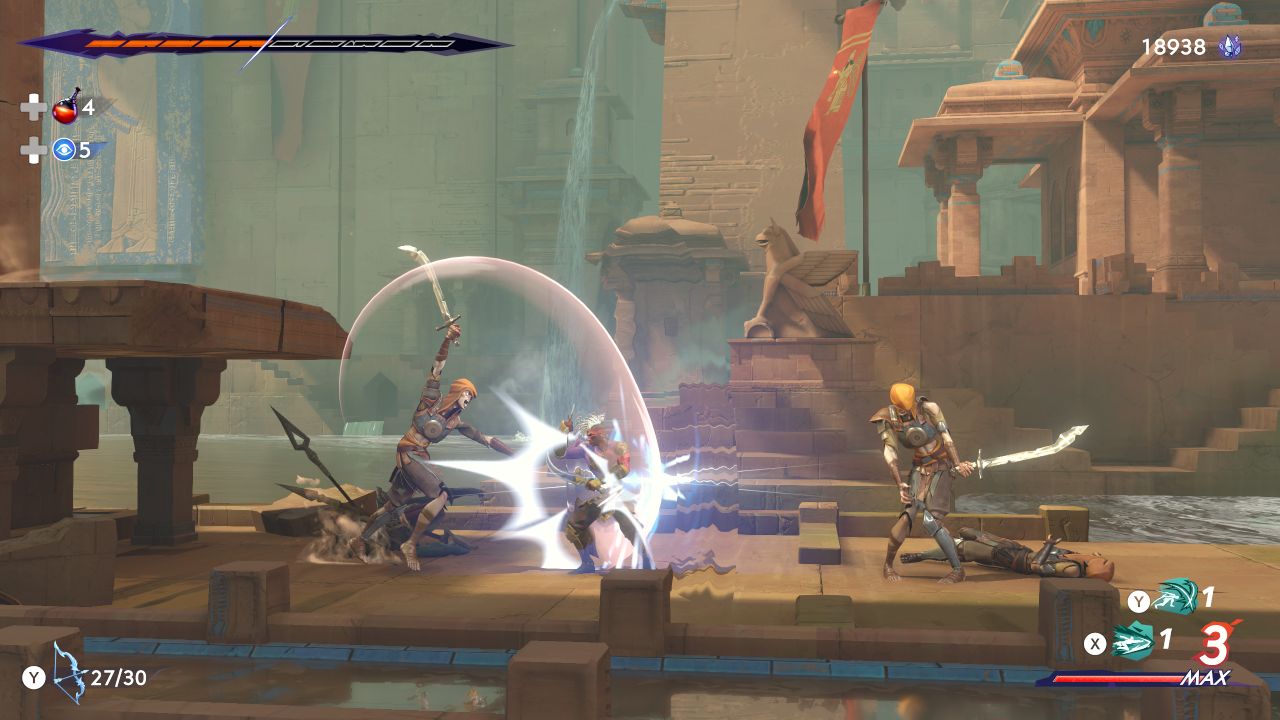
Melee combat is a highlight due to its depth and frantic speed. Sargon relies mostly on his dual swords and they feel good to hack and slash. A bow is acquired not far into the game, and it can interrupt enemies from a distance, albeit with limited arrows. Both parry and dodge are staple methods to avoid taking damage, as well as jumping or running away. The world has many cool foes, including wasps best handled with arrows, shielded soldiers that can be slid past or leapt over, charging animals, bomb-throwing pirates, spinning crabs, lumbering trees, cold-enchanted wizards, and crazed scholars. Each has different attack patterns, and it is rewarding to churn through regular enemies.
Combos and directional attacks work a treat, and they can be mastered by doing some guided tutorials. While most enemies can be beaten with basic attacks and a bit of dodging on the side, pulling off key moves is fun. For example, Sargon can attack low with his sword, knocking enemies off balance for an easy follow-up charged attack. Or he can propel light enemies into the air and juggle them with an arrow. Special combos are harder to pull off, but creating a shadow copy during battle can offer two attacks for the price of one.
The dual swords, arrow damage, and quiver size can be upgraded with enough time crystals and some unique resources. Initially the upgrades seem paltry, but they do make a noticeable difference in the end. Additionally, a handful of amulets can be equipped (and upgraded) to provide perks like a reduction of environmental damage, increased attack strength, or health on parry. One of the most useful amulets converted damage taken into Athra energy, which is best used for revenge.
With enough Athra energy, Sargon can deploy one of several powerful Athra surge attacks. These might be a charging stab, a blade wave, a spinning attack, or just extra damage for regular attacks. Deploying each surge brings a nice little spin-up animation and unleashes great damage on whatever is in the firing line. Energy is mostly gained from attacking and parrying, so it is worth killing trash mobs. Surges also make Sargon temporarily impervious and can interrupt even the strongest attacks, making them invaluable during major boss fights.
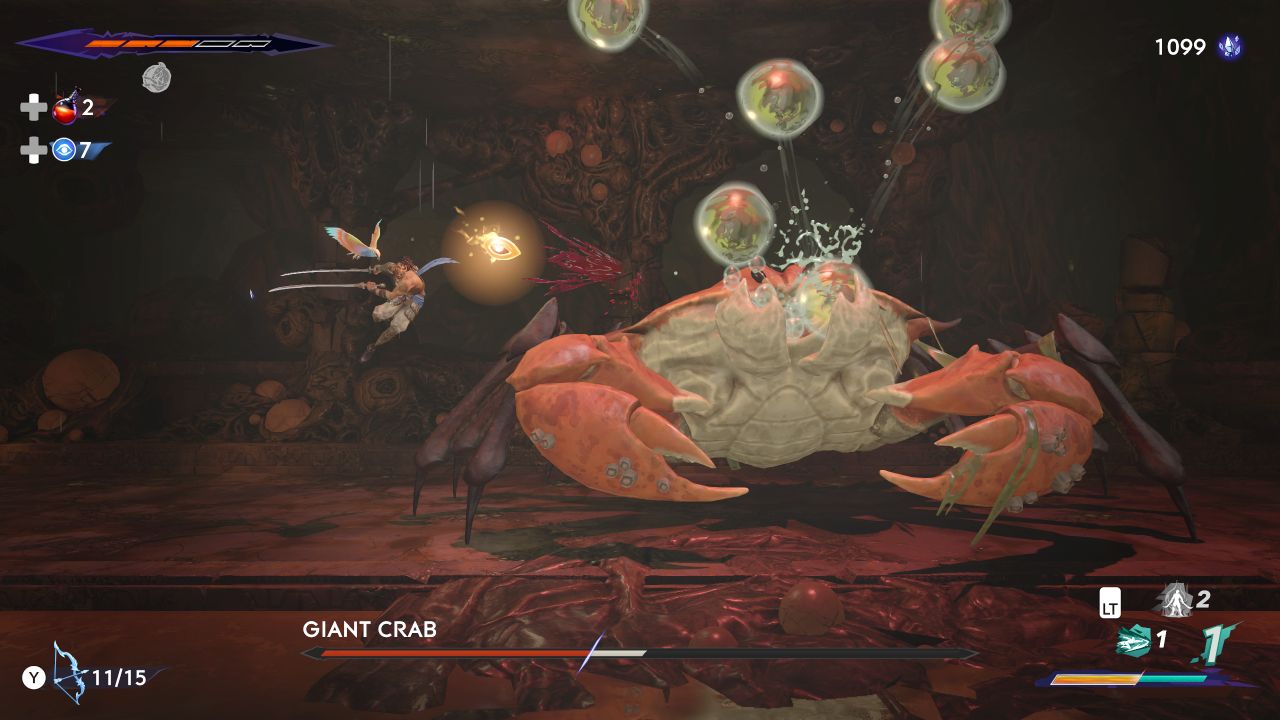
The game has a handful of story bosses that are great fun. Several would be at home in a souls-like, testing player skill with the need to dodge, parry, and move about. A few encourage specific time powers, like teleporting to a shadow copy to avoid a shrinking circle of pain. On the default difficulty, bosses kill quickly and have decent health pools, so patiently waiting for openings is paramount. Most story bosses only have one health bar—thankfully—but they do usually have three quasi-stages that might add additional swings, new moves, or frenzy. All story bosses can be instantly retried after death, so no need to run from the nearest tree unless you want to change gear. The world also has mini-bosses, like a giant crab, that offer good mid-sized fights between the story beats.
The Lost Crown is visually appealing, although not quite on the level of the Ori games. Its best graphical feature is the cool animation flourishes that play during boss fights; if Sargon fails to dodge powerful attacks (or does a successful parry) then players are treated to a high-contrast, slow-motion combat animation that seems inspired by the Dragon Ball Z cartoons. In most other respects, the presentation is high quality and thematically appropriate. Each region brings a different style, like the shanty town hidden inside a cave, the toxic sewers with rivers of sludge, the sand wastes of the eternal pit, and the book shelves of the sacred archives. A few make great use of the temporal fractures, freezing the environment. The visual design is similar to Diablo 3 in that it blends stylized and colorful characters with environments that are a bit more realistic. Some hand-drawn backgrounds do not always blend well with the 3D world, however. It is also pleasing that the game performs well technically, maintaining a high framerate and taking barely anytime to load. On occasion, Sargon got stuck next to a ledge, like Wile E. Coyote waiting for gravity to kick in, but no major technical mishaps were observed.
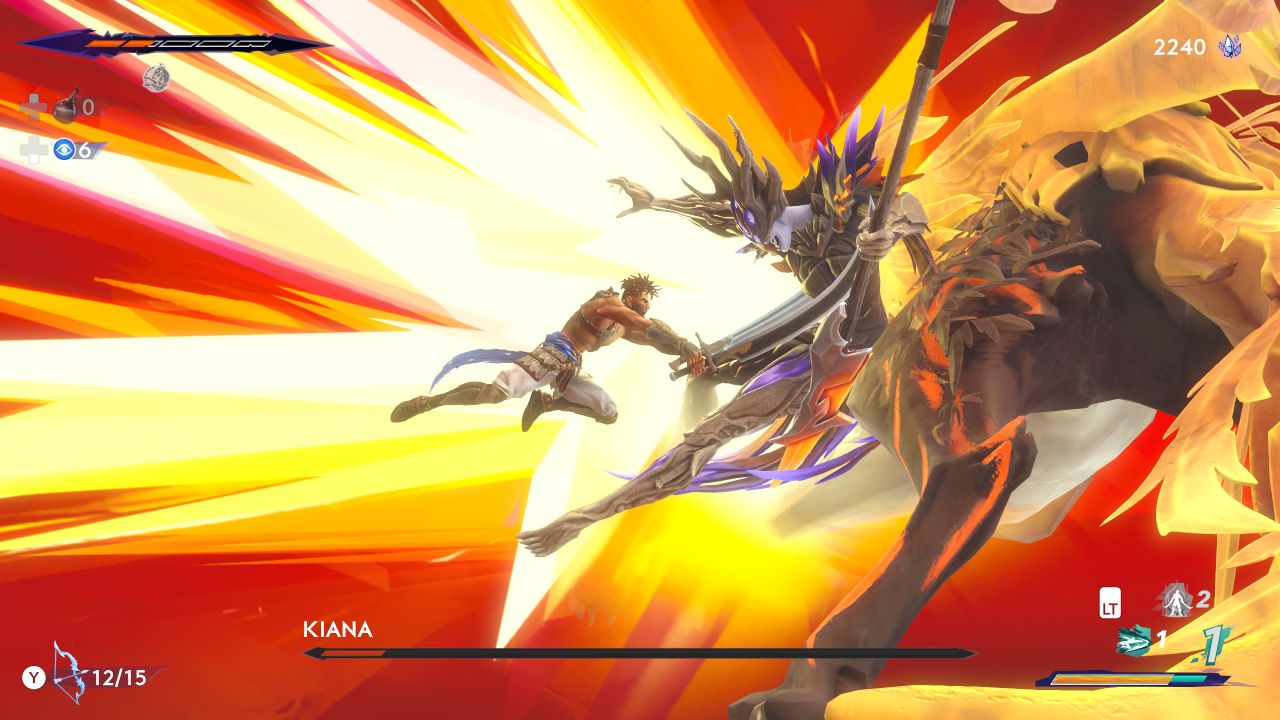
Prince of Persia: The Lost Crown is a good reset for a franchise that needed to find its footing again after being out of the limelight for so long. With energetic and deep combat, fun boss battles, and slick platforming mechanics, it has the core elements needed to take the series into the future. Only some annoying world traversal keep it from truly excelling. If you have been waiting for a while to return to this classic franchise, this is the right time to take the leap.
 Comments
Comments




















